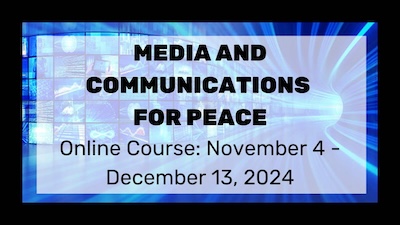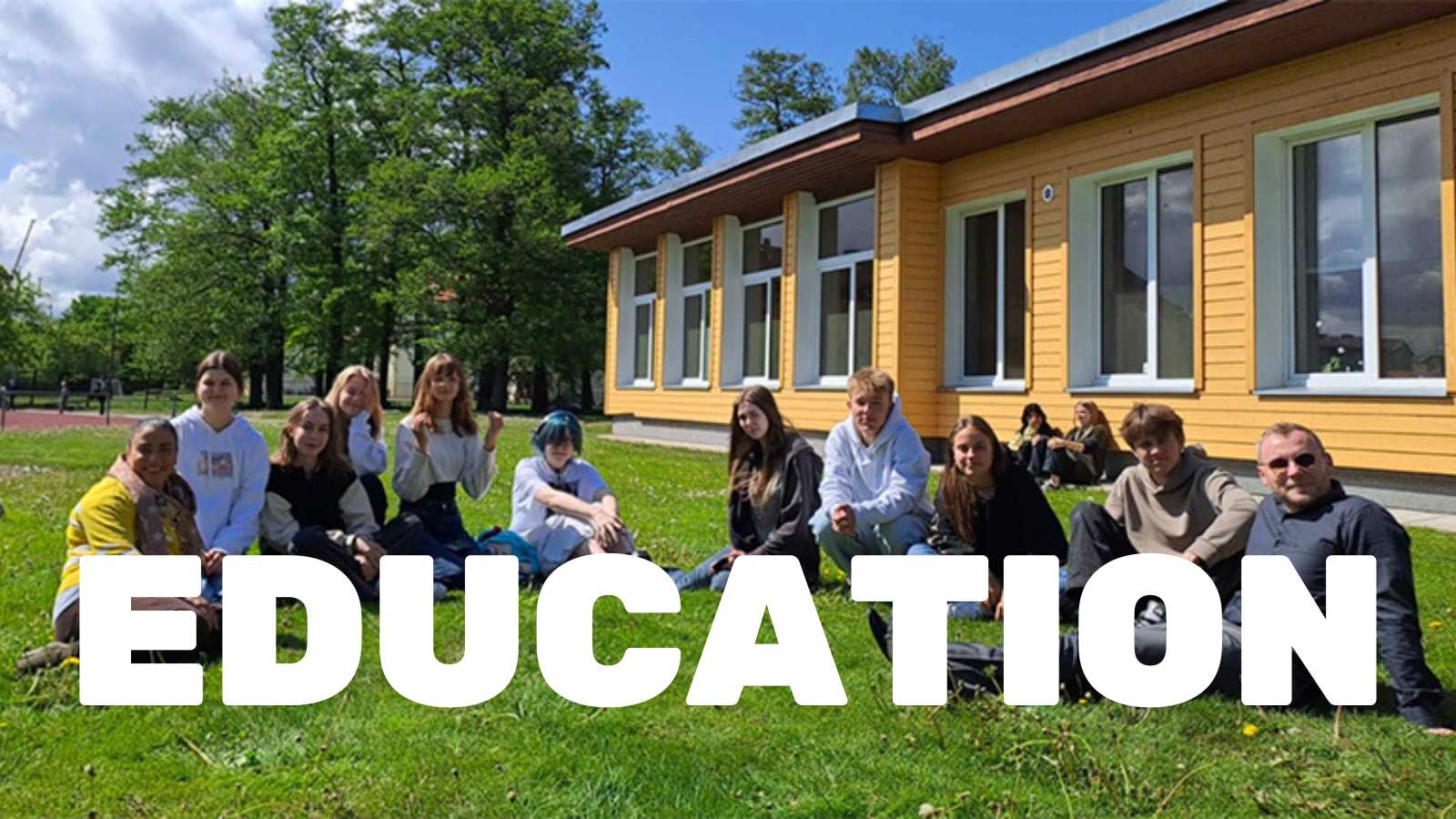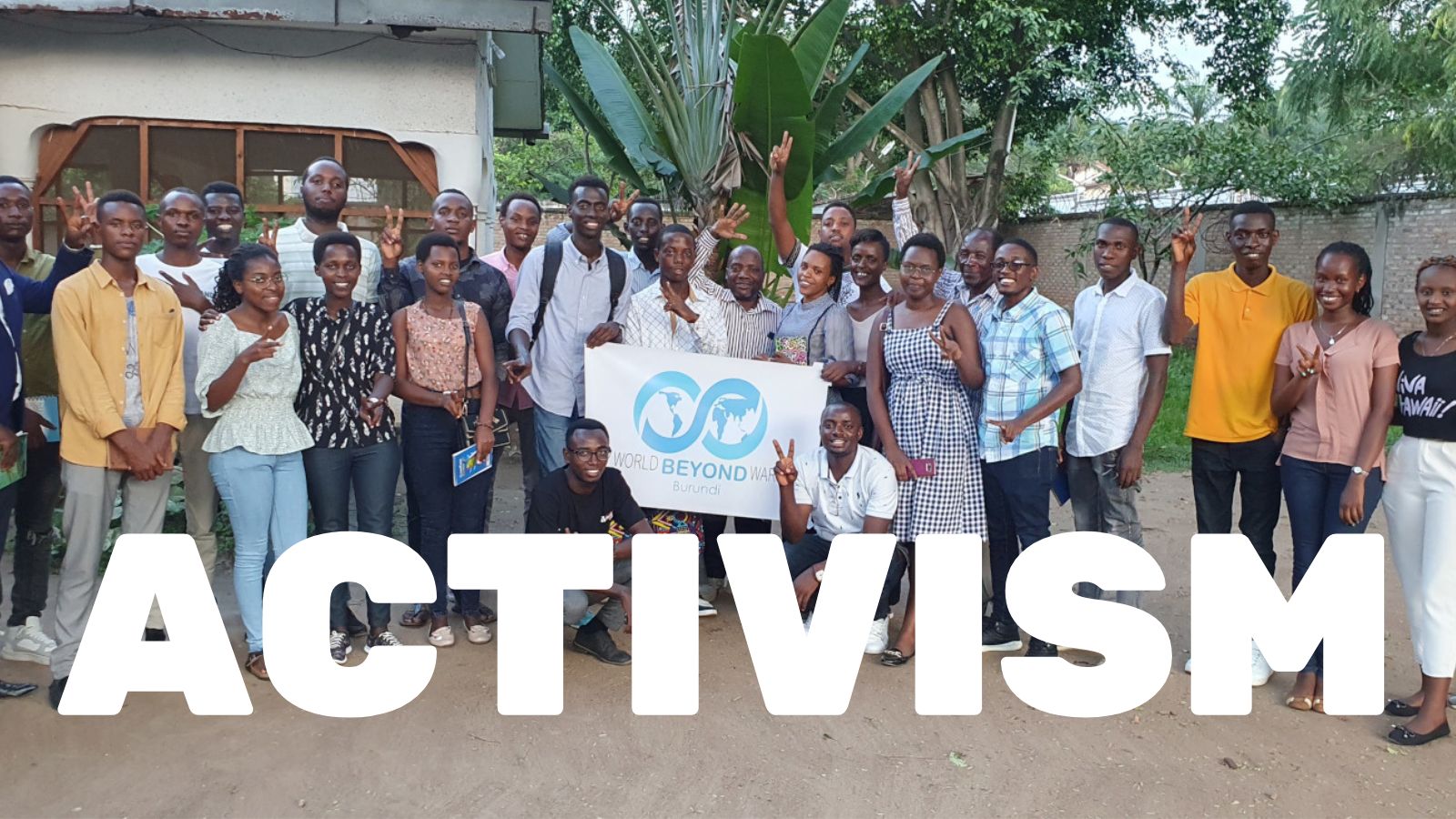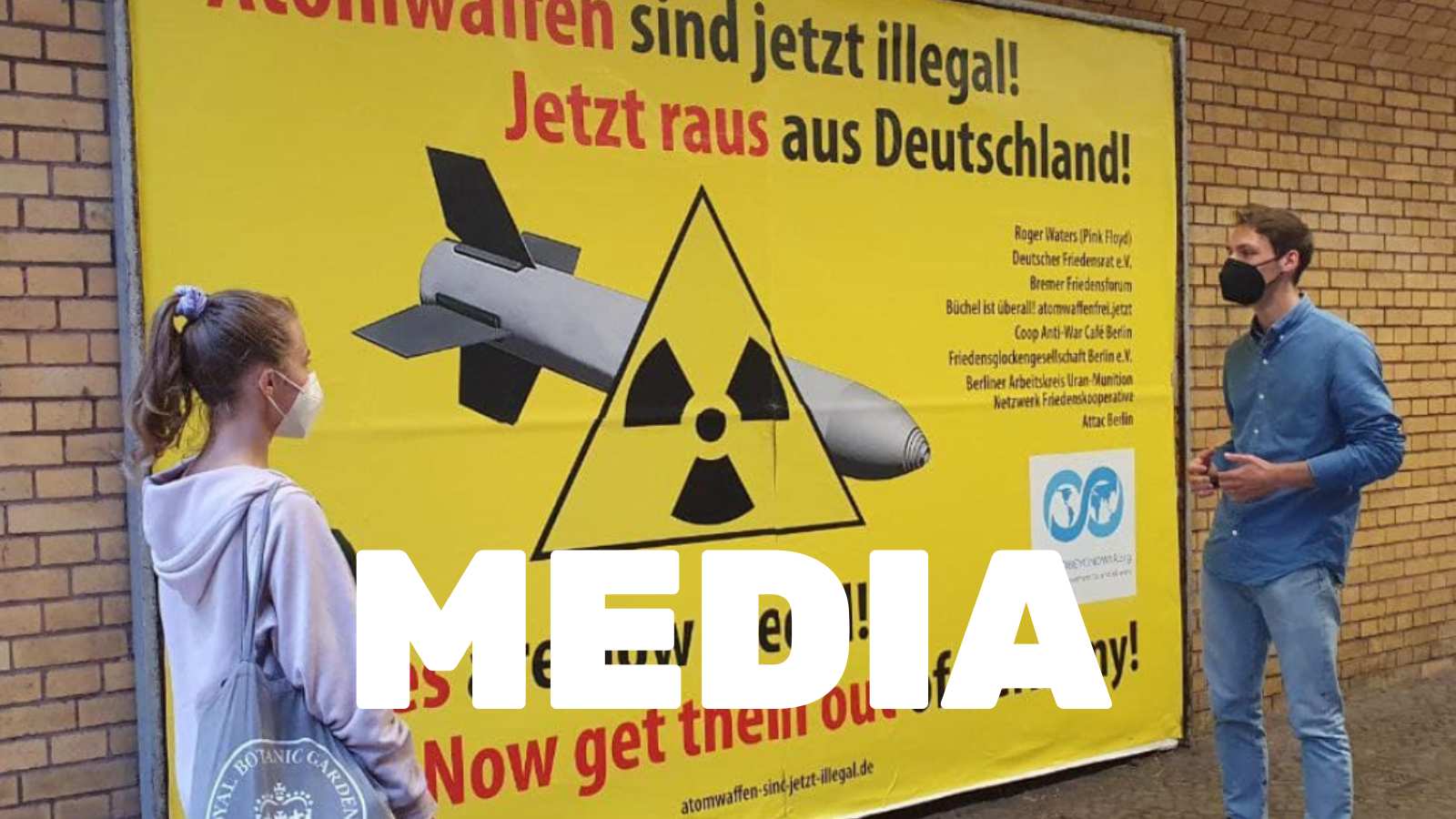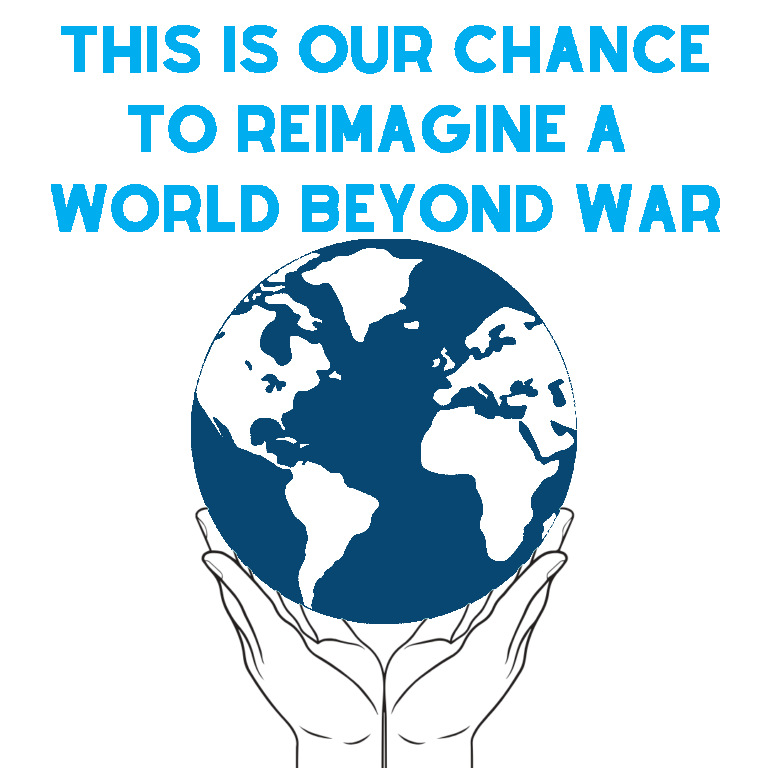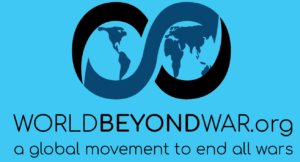(This is section 14 of the World Beyond War white paper A Global Security System: An Alternative to War. Continue to preceding | following section.)
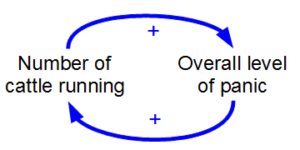
Systems are webs of relationships in which each part influences the other parts through feedback. Point A not only influences point B, but B feeds back to A, and so on until points on the web are wholly interdependent. For example, in the War System, the military institution will influence education to set up Reserve Officers’ Training Corps (ROTC) programs in the high schools, and the high school history courses will present war as patriotic, inescapable and normative while churches pray for the troops and parishioners work in the arms industry which Congress has funded in order to create jobs which will get Congress persons re-elected. Retired military officers will head the arms manufacturing companies and get contracts from their former institution, the Pentagon. A system is made up of interlocked beliefs, values, technologies, and above all, institutions that reinforce each other. While systems tend to be stable for long periods of time, if enough negative pressure develops, the system can reach a tipping point and can change rapidly.
We live in a war-peace continuum, shifting back and forth between Stable War, Unstable War, Unstable Peace, and Stable Peace. Stable War is what we saw in Europe for centuries and now see in the Middle East since 1947. Stable peace is what we have seen in Scandinavia for hundreds of years. The U.S. hostility with Canada which saw five wars in the 17th and 18th centuries ended suddenly in 1815. Stable War changed rapidly to Stable Peace. These phase changes are real world changes but limited to specific regions. What World Beyond War seeks is to apply phase change to the entire world, to move it from Stable War to Stable Peace.
“A global peace system is a condition of humankind’s social system that reliably maintains peace. A variety of combinations of institutions, policies, habits, values, capabilities, and circumstances could produce this result. . . . Such a system must evolve out of existing conditions.”
Robert A. Irwin (Professor of Sociology)
(Continue to preceding | following section.)
We want to hear from you! (Please share comments below)
How has this led you to think differently about alternatives to war?
What would you add, or change, or question about this?
What can you do to help more people understand about these alternatives to war?
How can you take action to make this alternative to war a reality?
Please share this material widely!
Related posts
See other posts related to “Why we Think a Peace System is Possible”
See full table of contents for A Global Security System: An Alternative to War

